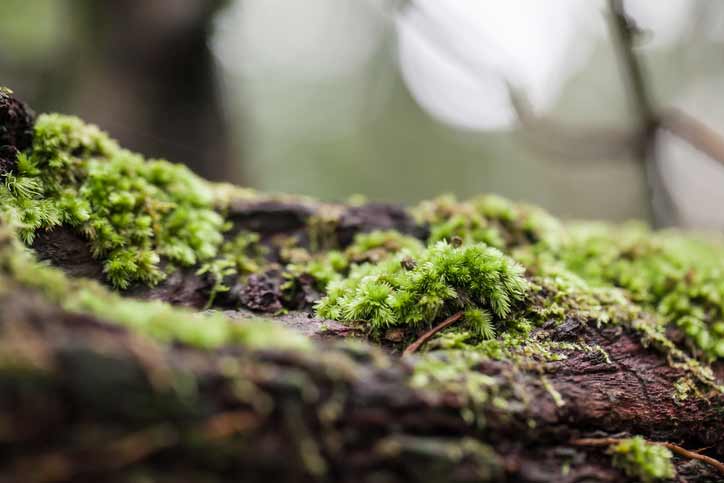Dry Cold vs. Humid Cold Weather: Insights and Safety Measures
We’ve probably all seen pictures of frigid places like Antarctica: polar deserts where less than 4 inches of liquid-equivalent precipitation falls per year. This is a prime example of dry cold. Conversely, we might also be familiar with western Washington state, where it rains a lot during the winter months and is referred to as a humid cold. Both weather types present wintertime health roadblocks we can learn to prepare for.
Understanding Air Masses: Dry Cold vs. Humid Cold
An air mass is a large blob of air that has similar temperature and moisture properties. For example, the air over the Sahara Desert is a hot, dry air mass, and the air over Alaska in the winter is usually a cold, dry air mass. Just like with humid heat and dry heat, many areas also experience a dry cold or humid cold. Here’s a better look at the five main types of air masses:
- Maritime polar: humid and cold.
- Continental polar: dry and cold.
- Continental arctic: forget about it. Stay inside. If you must, it’s head-to-toe covering.
- Maritime tropical: humid and warm.
- Continental tropical: dry and warm.
Air masses that begin as cold and wet may lose moisture when moving over mountains and completely change character to a drier and warmer mode. Coastal winds, especially along the Pacific Coast, may shift the dry air away and replace it with moist, cool air. This is referred to as humid cold weather.
Since weather patterns are constantly shifting, you should always be ready for changing skies and remain weather-aware. A dependable home weather station can help you identify changing conditions in real-time, giving you more precise weather updates than your local broadcast meteorologist. Coastal conditions are always changing, so it's recommended to pack in layers when headed to the beach.
Dry Cold
Dry cold weather forms primarily during winter months where there is little humidity for the air to hold on to. To understand dry air, think of a big sponge. It’s waiting to pull moisture from whatever it can get hold of. This type of weather is common in Alaska and northern Canada.
Perils of Dry Cold Weather
Dry, cold air affects both the inside and outside of your body, and none of the effects are beneficial:
- It increases respiratory distress because it removes moisture from the tissues in the nose and throat and narrows upper airways, making it harder to breathe. Avoid prolonged outdoor exercise on such days.
- Bathing more than once per day allows soap and other cleansers to dry the skin further. Take shorter showers and fewer baths when it’s cold and dry.
- Consider using a home humidifier to moisten the air combined with an indoor temperature and humidity sensor.

Humid Cold
Humid cold refers to a moist and cold environment that is quite common during winter months in places as far-flung as Boston, San Francisco, and London. These climates can be unhealthy and more dangerous than dry cold areas.
Perils of Humid Cold Weather
Cold and wet climates are prone to mold and mildew. That’s why mold and moss grows on the north sides of trees where there’s less sunlight and heat. Beyond that:
- People who live in cold and wet climates tend to experience depression during the winter months because those climates have much more cloud cover on average, which contributes to seasonal affective disorder.
- Prolonged exposure of the feet or hands to moist cold promotes the development of a painful disorder called chilblains, which are areas of painful swelling and itching of the hands or feet. They usually go away after a few hours of warming, and they are not contagious.
- It’s more challenging to stay warm in a humid cold than in a dry cold because of the way our clothing and body heat react; even moist air with temperatures in the 50s can cause hypothermia.
Keep the Cold at Bay
Whether it is bone dry or super humid, winter temperatures present a safety challenge that can’t be ignored: the risk of hypothermia. Here are some best practices to help you in both humid and dry cold:
- Keep an umbrella or poncho handy when rain is in the forecast.
- Wear waterproof footwear if you are navigating through snow, snowmelt, or rainy weather.
- Don’t be stingy with either the lip balm or the skin lotion — both help keep germs out and moisture in.
- Don’t forget the gloves.
- Cover your head with a hat or ski mask.
An AcuRite home weather station helps you monitor wind chill, cold, humidity, and other factors that affect your clothing and travel decisions — no matter if you're experiencing a dry or humid cold spell.
Steve LaNore is a certified broadcast meteorologist with more than 30 years of forecasting and technical experience. He has provided meteorological consulting for everything from insurance adjusters to court cases and is a nine-time award-winning author and broadcaster. LaNore has authored two books, available on Amazon. He resides in north Texas near beautiful Lake Texoma.





